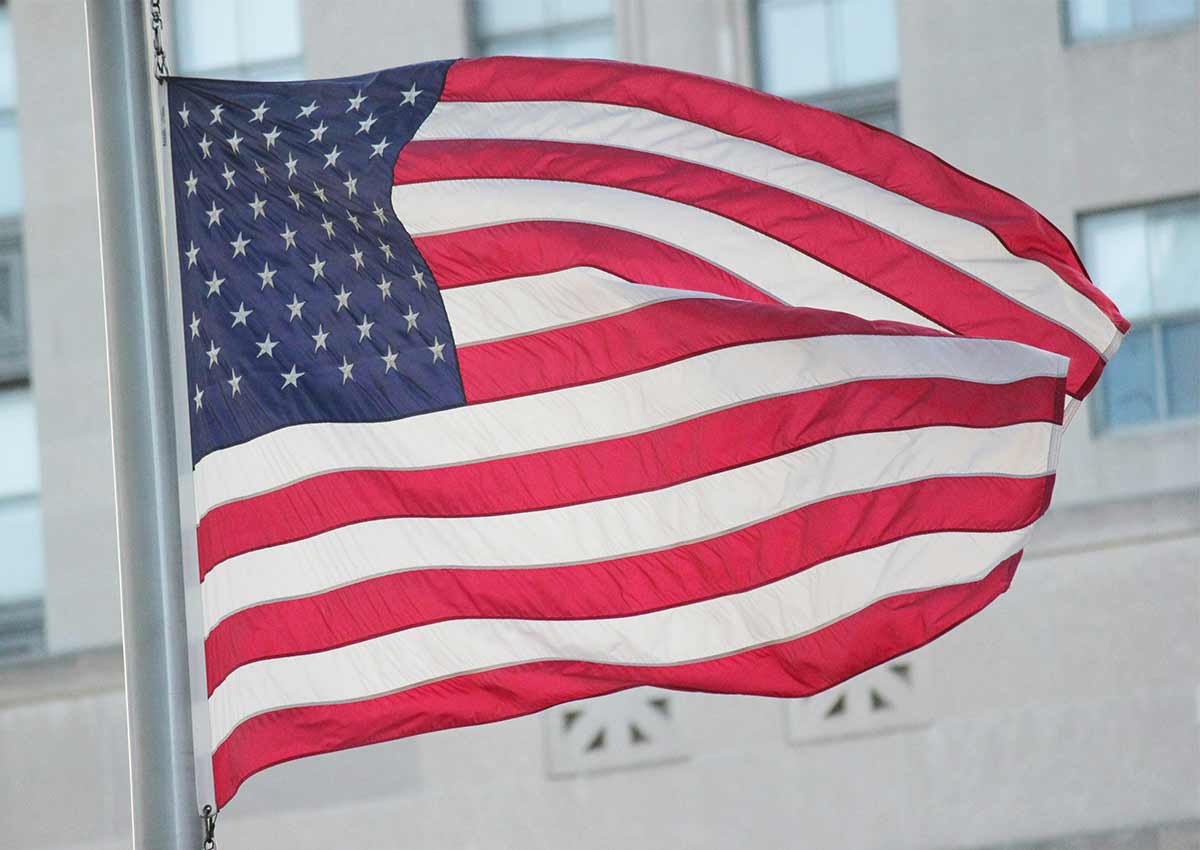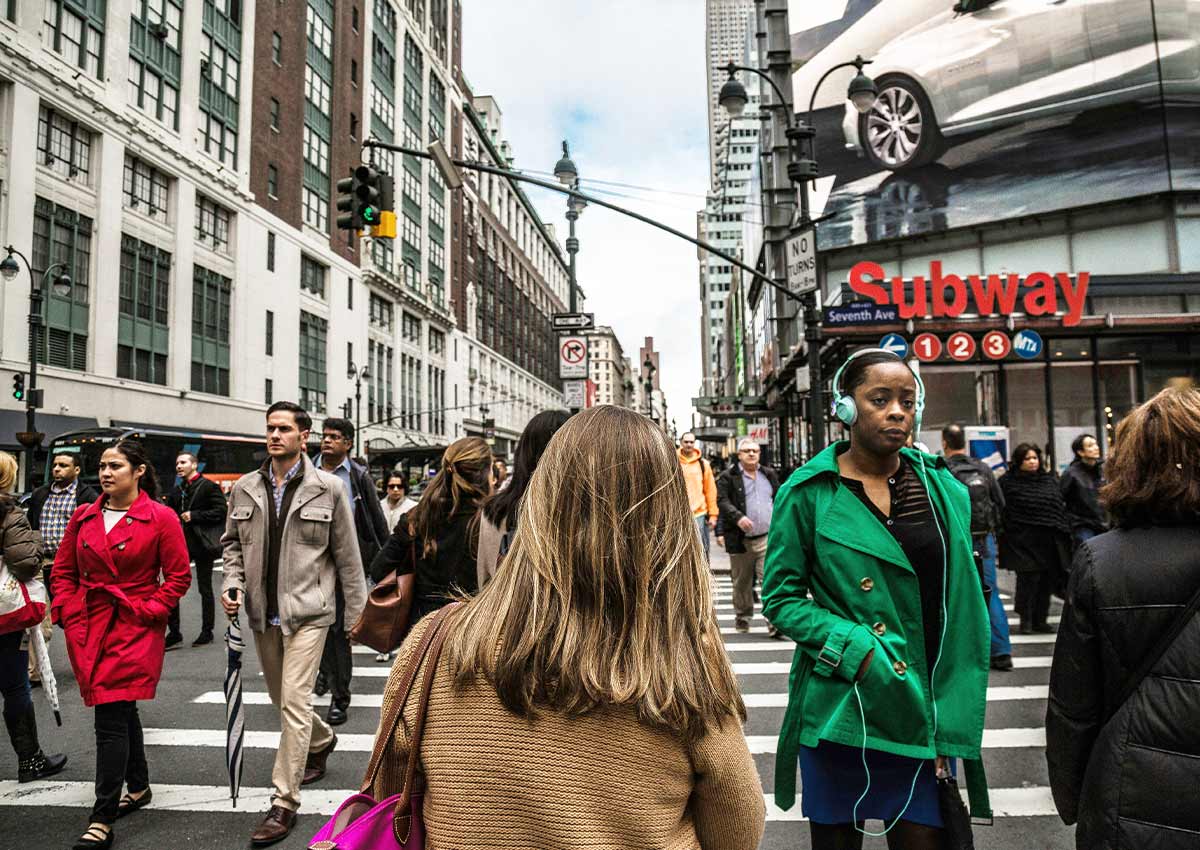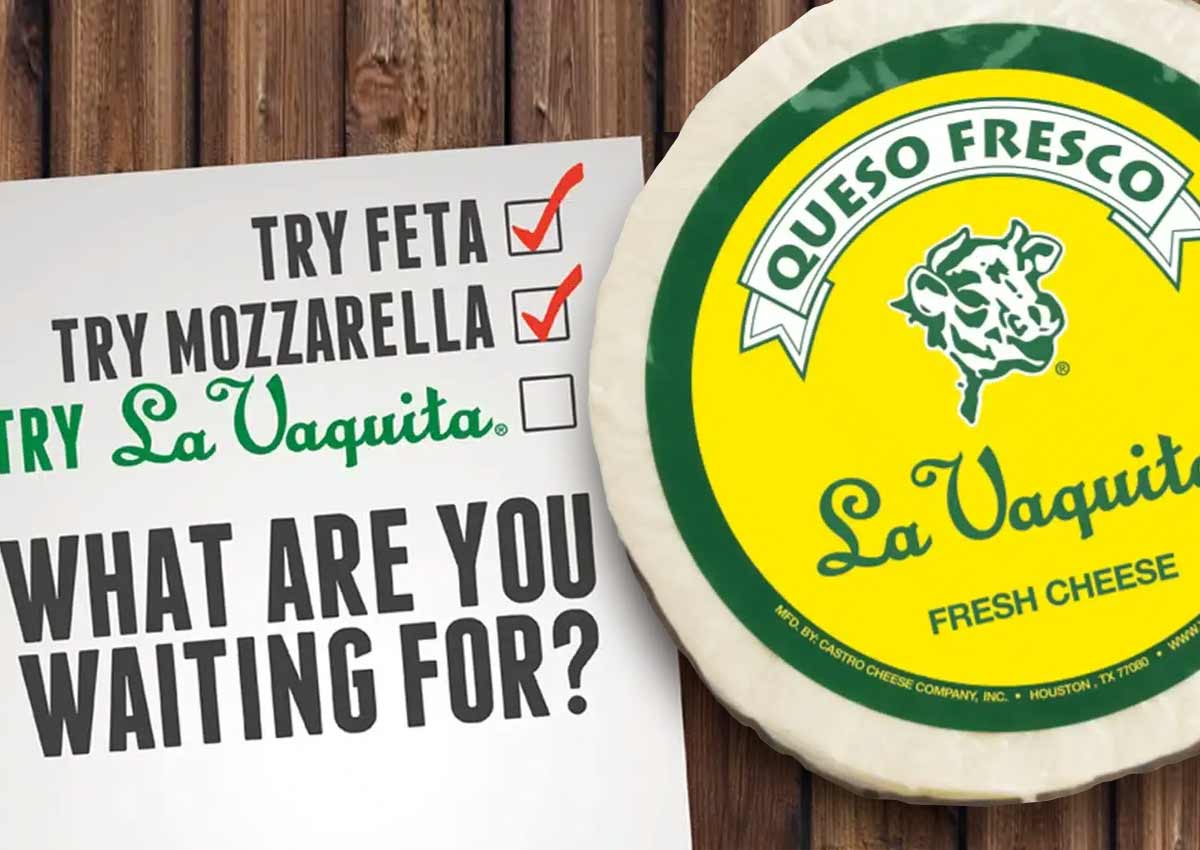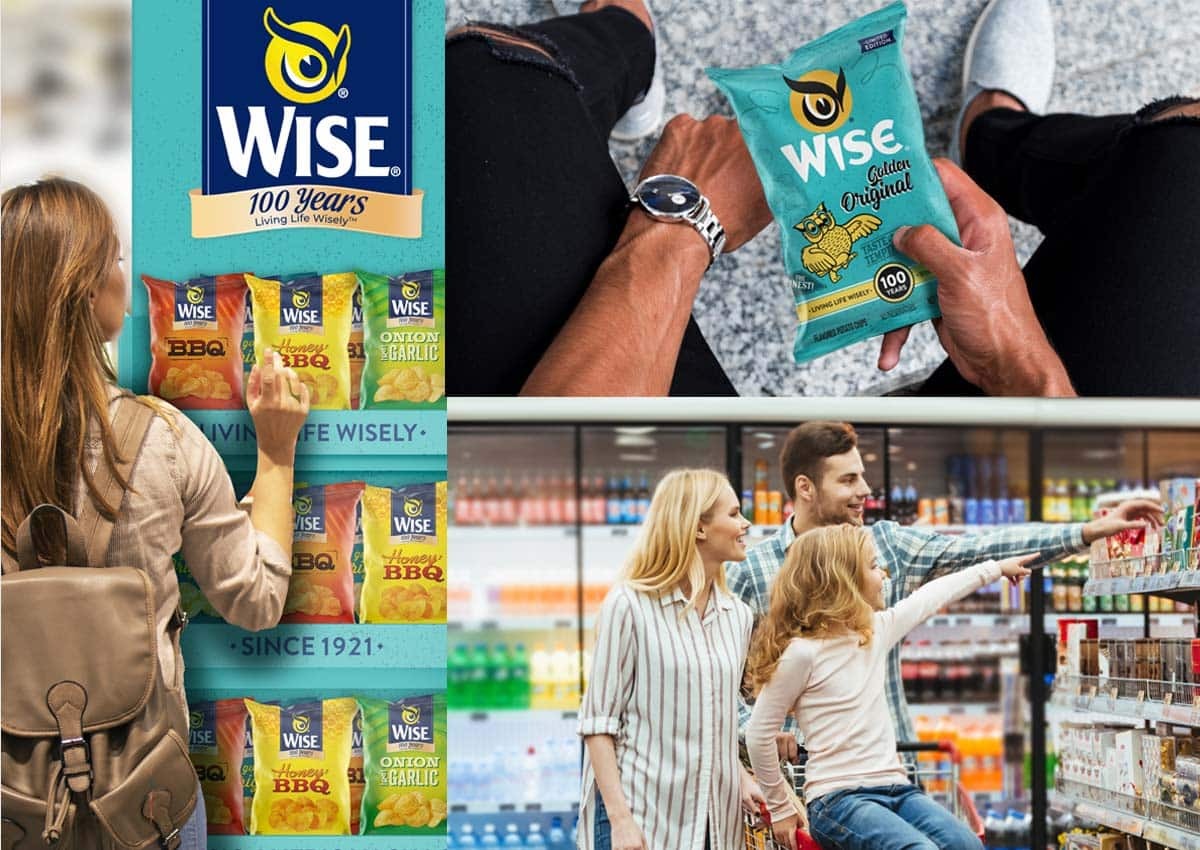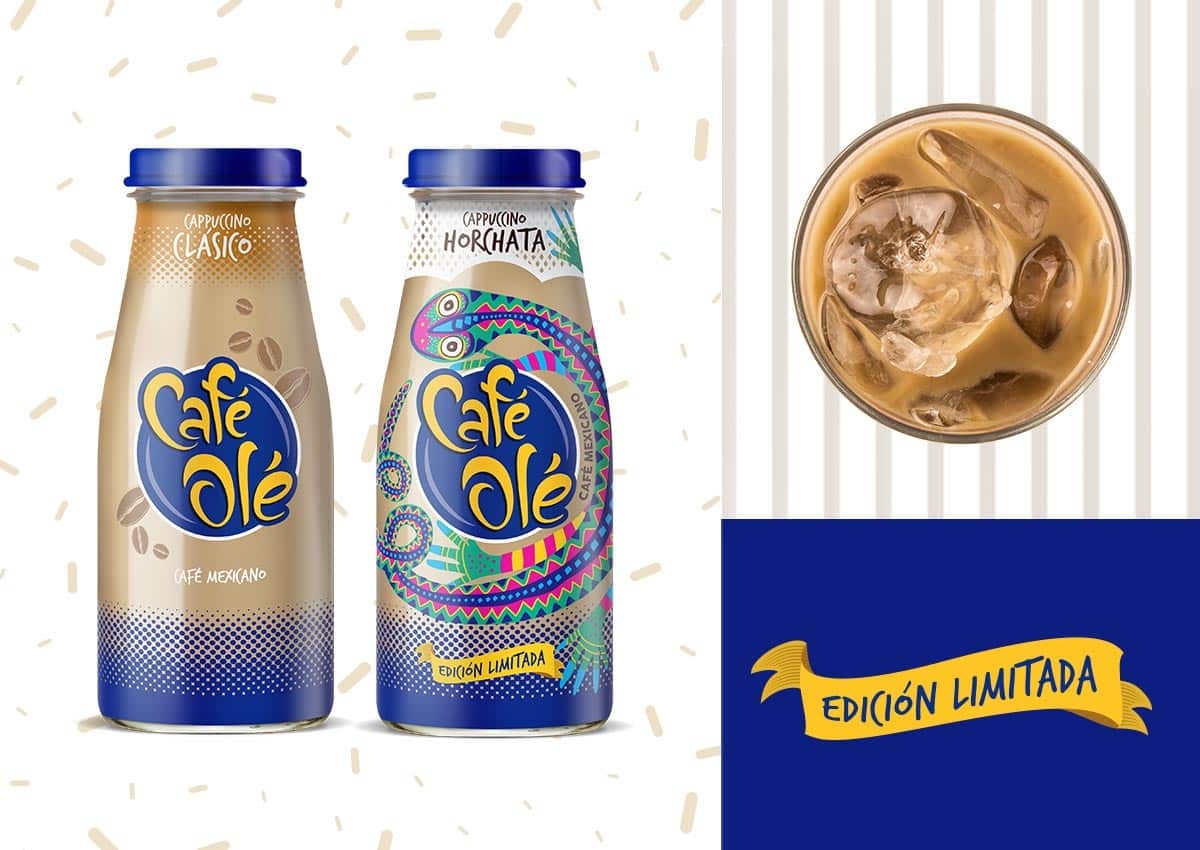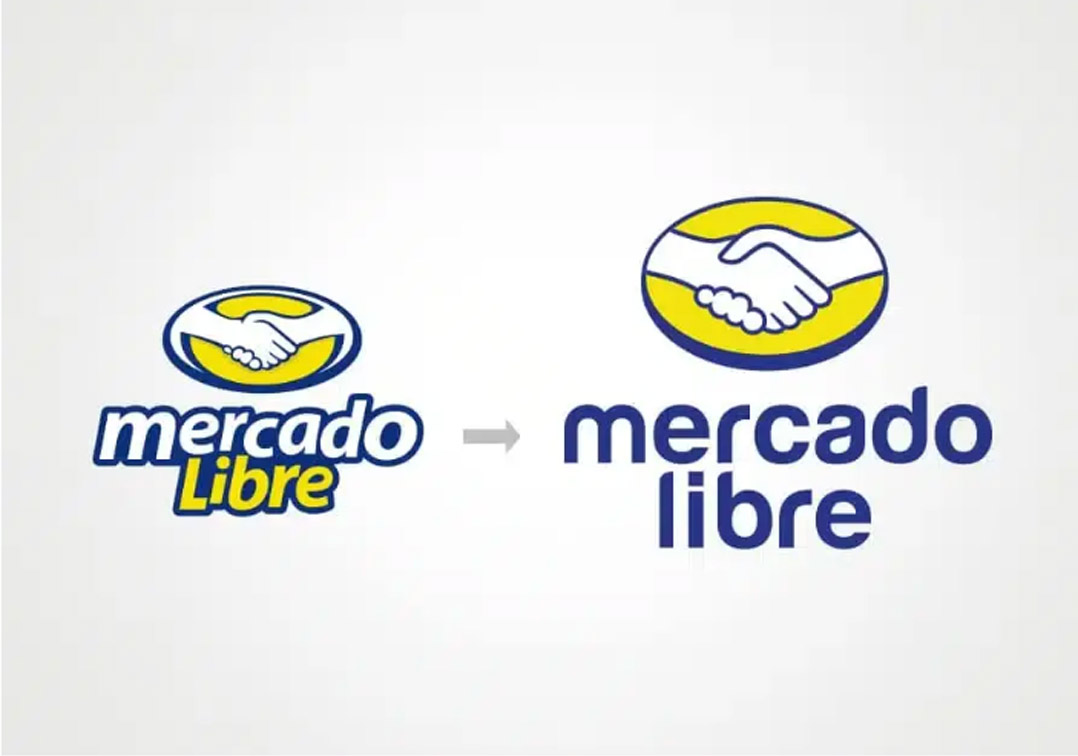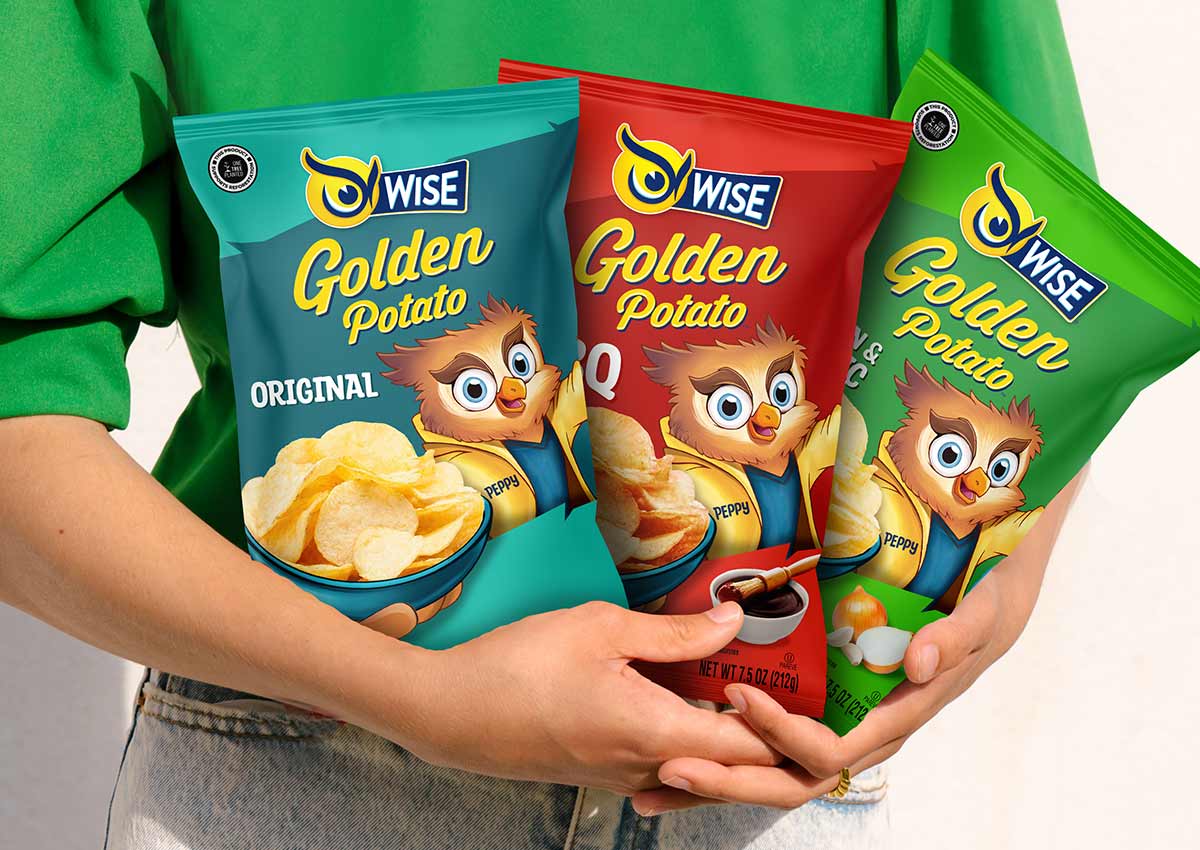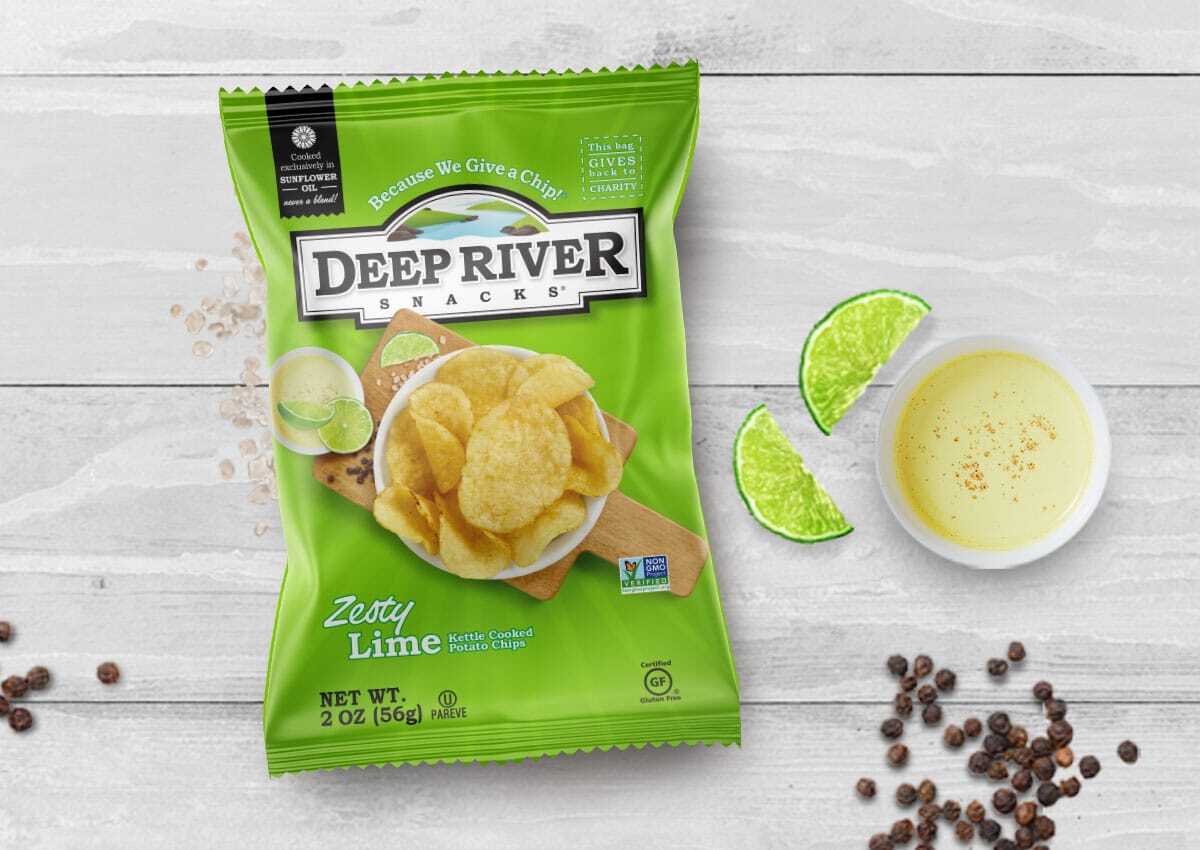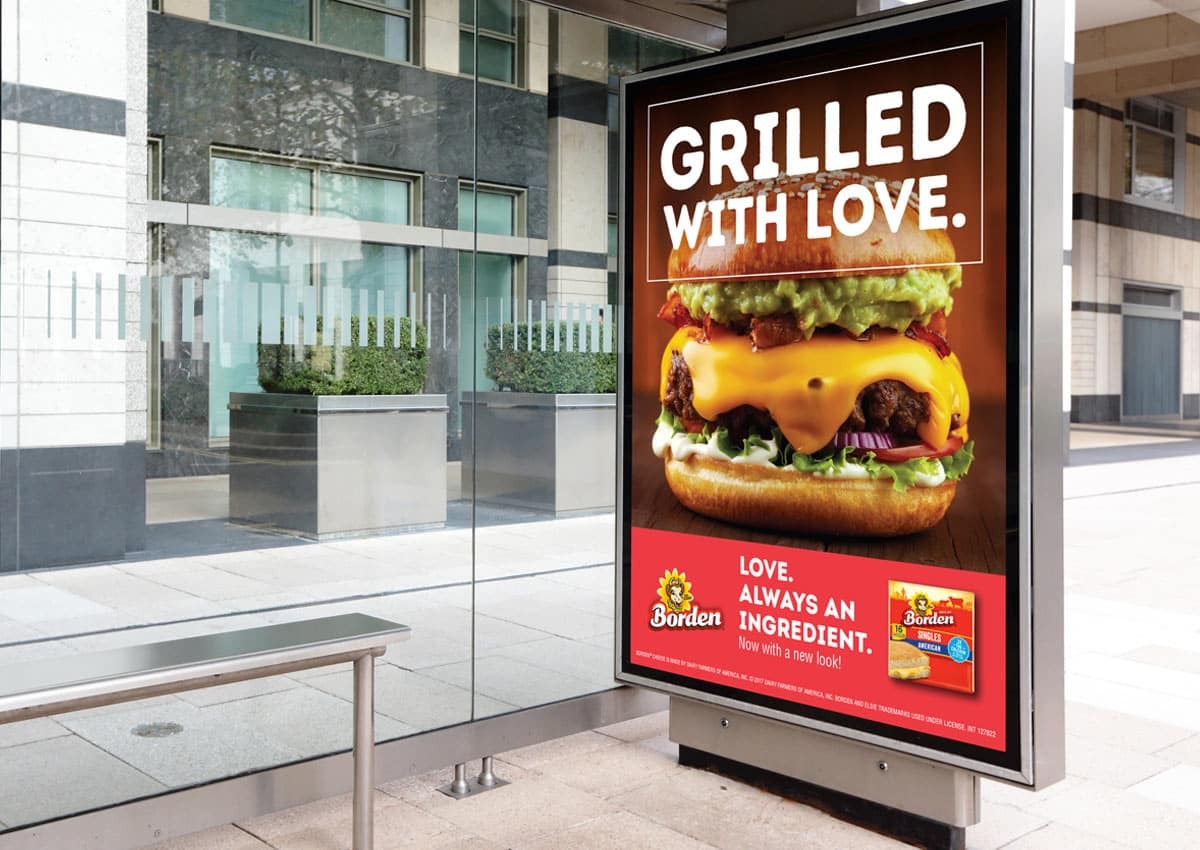One Brand, Many Cultures: How to Balance Consistency and Relevance
A Guide to Adapting Global Brands to Multicultural Audiences Without Diluting Identity
Global brands live in a constant balancing act. On one hand, they need consistency—to maintain trust, recognition, and equity across markets. On the other, they need relevance—to speak meaningfully to local and multicultural audiences with different values, traditions, and preferences.
This challenge becomes especially visible in the U.S., where demographic diversity, particularly among Hispanic, Black, Asian, and multicultural segments, is not just growing—it’s already the mainstream in many regions.
So how do global brands flex without breaking? At Imaginity, we help companies navigate this with thoughtful design, smart brand architecture, and culturally attuned creativity.
Here’s how to adapt without losing your core.
Start With Your Brand’s Non-Negotiable


Before localizing anything, define what’s essential to your brand’s identity—its core DNA. This includes:
These elements act as anchor points, ensuring that no matter where or how your brand shows up, it remains recognizable and true to itself.
Once your brand’s foundation is clear, identify what can be localized or adapted without breaking that identity. This is where design becomes strategic.
Adaptable elements may include:
- Imagery (lifestyle visuals that reflect the local culture)
- Messaging hierarchy (emphasizing different benefits by market)
- Language (translation, tone, even local expressions)
- Packaging variants (flavor adaptations, icons, or claims)
- Seasonal or culturally relevant limited editions
Tip: Think of it as a global system with local expression, not multiple disconnected designs.
Visual consistency creates brand recognition, but emotional connection happens at the local level.
For example:
- Wise Retro Pack: An iconic brand that evolves while staying true to its roots. The retro pack design celebrates Wise’s 100-year legacy by tapping into nostalgia and emotional connection with longtime consumers. By reintroducing the original mascot, Peppy, the brand bridges its past and present, using a refreshed visual language to honor its heritage while staying relevant.
- Café Olé Alebrijes Limited Edition: Café Olé embraces cultural identity through a limited-edition design inspired by Mexican alebrijes. The packaging allows consumers to see themselves reflected in the brand, fostering connection and cultural pride. The limited-edition approach makes the design feel exclusive and meaningful—turning each pack into a unique, collectible expression of heritage.
For Mercado Libre, Latin America’s largest e-commerce brand with U.S. crossover visibility, we created a flexible brand ecosystem. Our goal was to maintain strong brand recognition while adapting to different regional and category contexts—whether for consumer electronics, fashion, or everyday goods.
What worked:
- A modular design system adaptable across verticals
- Iconography and color usage tailored per region and use case
- Consistent typographic and logo treatment for brand continuity
This approach allowed Mercado Libre to scale while staying coherent, flexible, and market-relevant.
What to Avoid
- Over-customization that leads to brand fragmentation
- Generic localization that uses clichés or stereotypes
- Inconsistent tone or values that confuse or alienate audiences
The key is to localize without losing identity, and to do so with intentionality—not trend-chasing.
Design Systems That Scale
Brands that succeed across cultures build design systems, not one-offs. This means:
- Scalable templates for packaging and communication
- Brand guidelines that include examples of cultural adaptations
- Cross-functional collaboration between global and local teams
When global brands take the time to understand local cultures—and respond through thoughtful design—they don’t weaken their brand. They strengthen it. Relevance builds trust, emotional connection, and preference—and that’s what turns global awareness into local loyalty.
At Imaginity, we help brands adapt without losing themselves—bridging global consistency with cultural relevance across every touchpoint.

